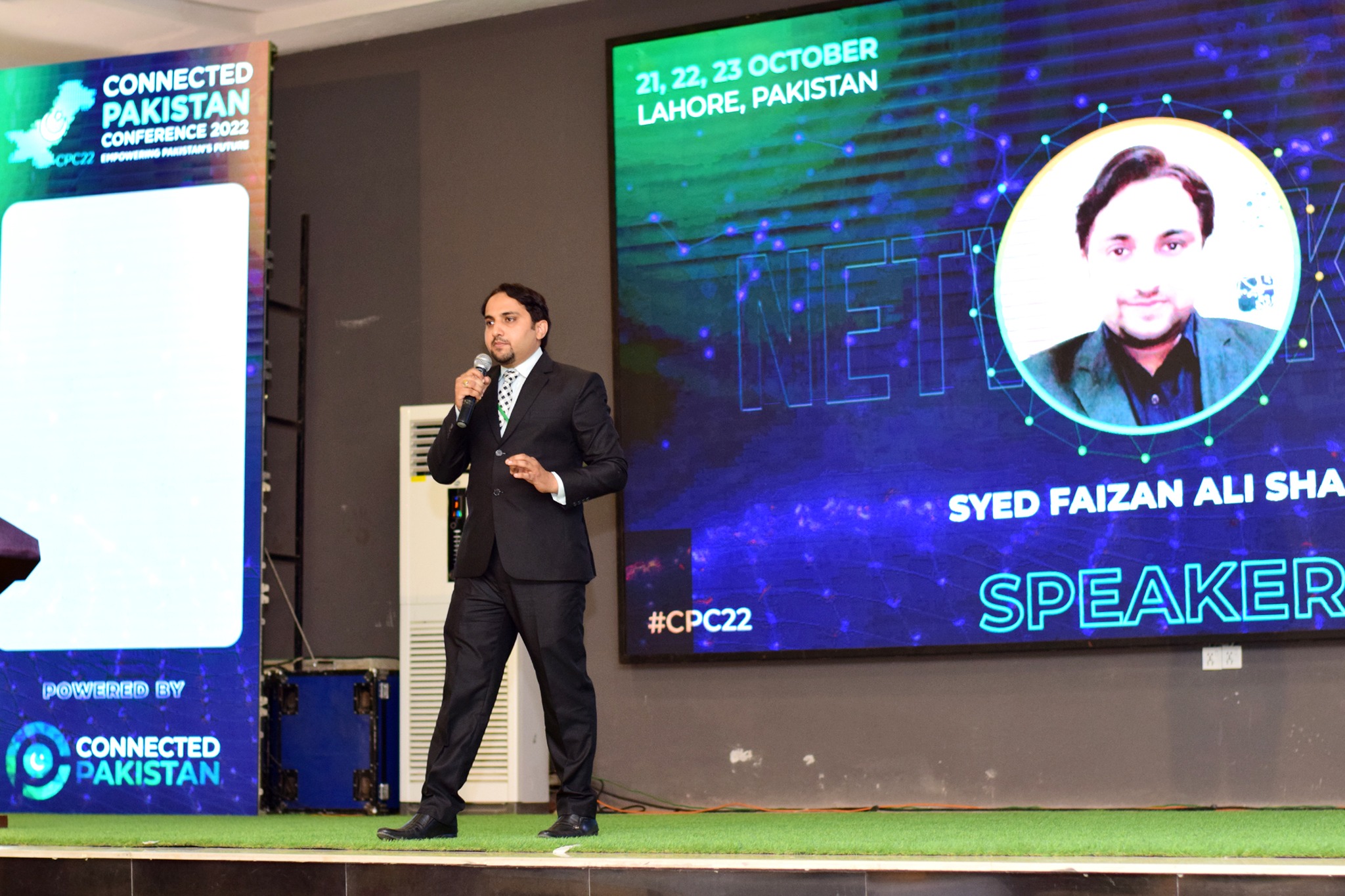Problem identification serves as the compass that points us in the right direction, revealing the challenges that need attention. However, this is just the beginning. Once problems are recognized, the intricate dance of policy formulation begins. In the context of Pakistan, a country with diverse challenges and a dynamic socio-political landscape, crafting effective policies is a multifaceted process that requires careful consideration, collaboration, and strategic planning.
Section 1: Defining the Problem – Foundation for Policy Formulation (Approx. 200 words)
Before diving into policy formulation, it’s crucial to clearly define the identified problem. This section emphasizes the importance of a well-defined problem statement, serving as the foundation for subsequent policy development. By articulating the problem precisely, policymakers can address root causes and design targeted interventions.
Section 2: Stakeholder Engagement and Consultation (Approx. 250 words)
Effective policies require input from a variety of stakeholders. In Pakistan, a country with a rich tapestry of cultures and perspectives, engaging with diverse stakeholders is paramount. This section explores the significance of consultations with government officials, experts, civil society, and affected communities. Inclusion ensures that policies are comprehensive, considerate, and reflective of the needs of the people.
Section 3: Data-Driven Decision Making (Approx. 300 words)
In the era of information, data plays a pivotal role in policy formulation. Policymakers in Pakistan must leverage data to understand the scope and impact of the identified problem. This section highlights the importance of collecting, analyzing, and interpreting data to make informed decisions. Data-driven policies are not only more effective but also accountable and transparent.
Section 4: Crafting Policies That Address Root Causes (Approx. 200 words)
Effective policies go beyond addressing symptoms; they tackle the root causes of the identified problem. This section explores the strategic thinking required to design policies that create sustainable change. By understanding the underlying issues, policymakers in Pakistan can implement interventions that lead to long-term solutions.
Section 5: Balancing National and Local Perspectives (Approx. 250 words)
Pakistan is characterized by its diverse regions, each with unique challenges and priorities. Crafting effective policies necessitates a delicate balance between national objectives and localized solutions. This section delves into the importance of tailoring policies to address regional nuances while ensuring a cohesive national strategy.
Section 6: Ensuring Implementation and Monitoring (Approx. 100 words)
A well-crafted policy is only effective if it is implemented and monitored rigorously. This section underscores the need for a robust implementation plan, detailing the responsibilities of various stakeholders. Regular monitoring and evaluation mechanisms ensure that policies remain adaptive and responsive to changing circumstances.
Conclusion:
In conclusion, the journey from problem identification to policy formulation is a meticulous process that demands collaboration, data-driven decision-making, and a keen understanding of local and national dynamics. In Pakistan, where challenges are diverse and dynamic, crafting effective policies is not just a task for policymakers; it’s a collective responsibility. By recognizing the intricate dance between problem identification and policy formulation, we can pave the way for a more resilient and prosperous Pakistan.







